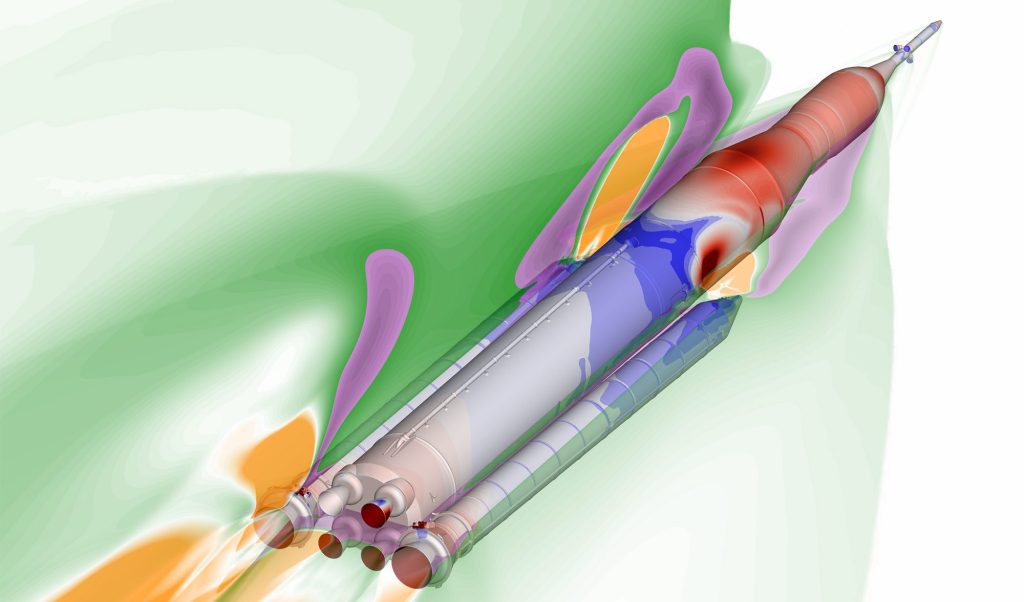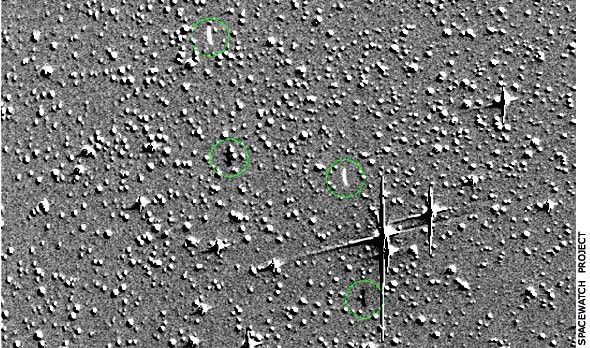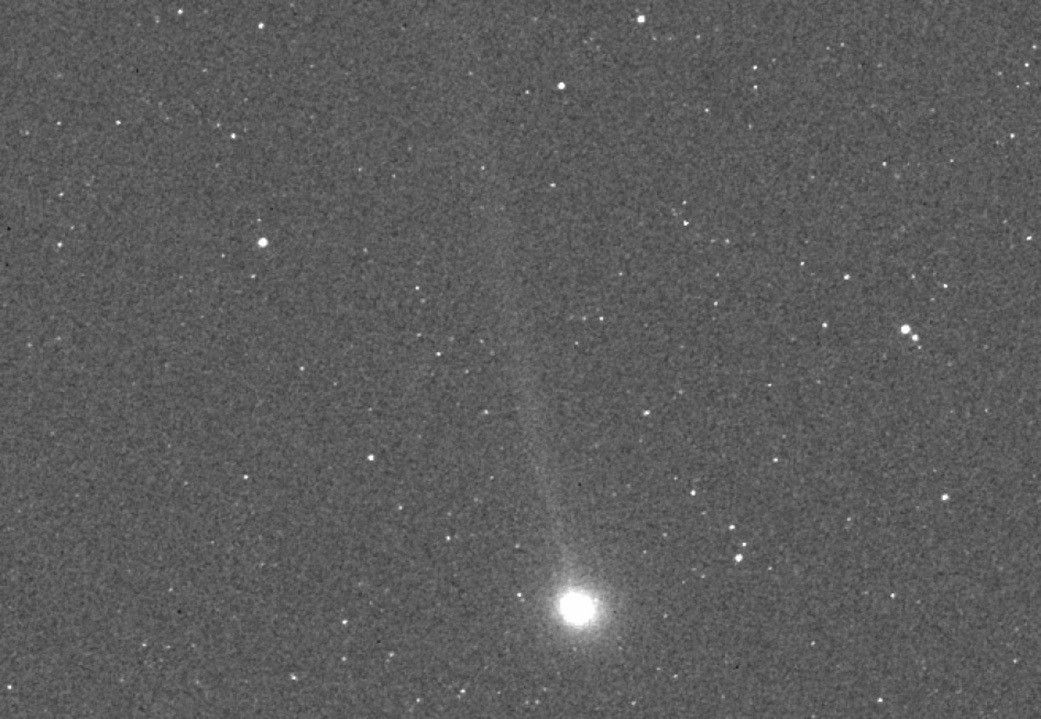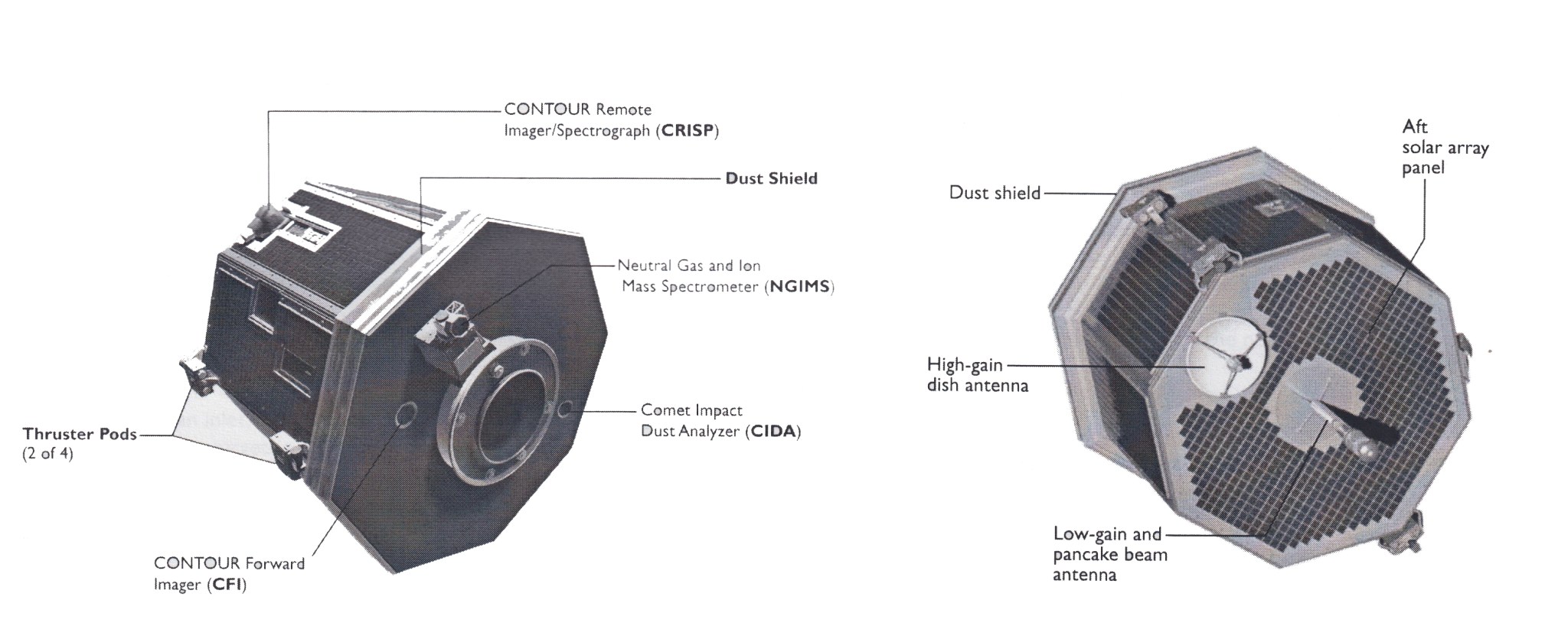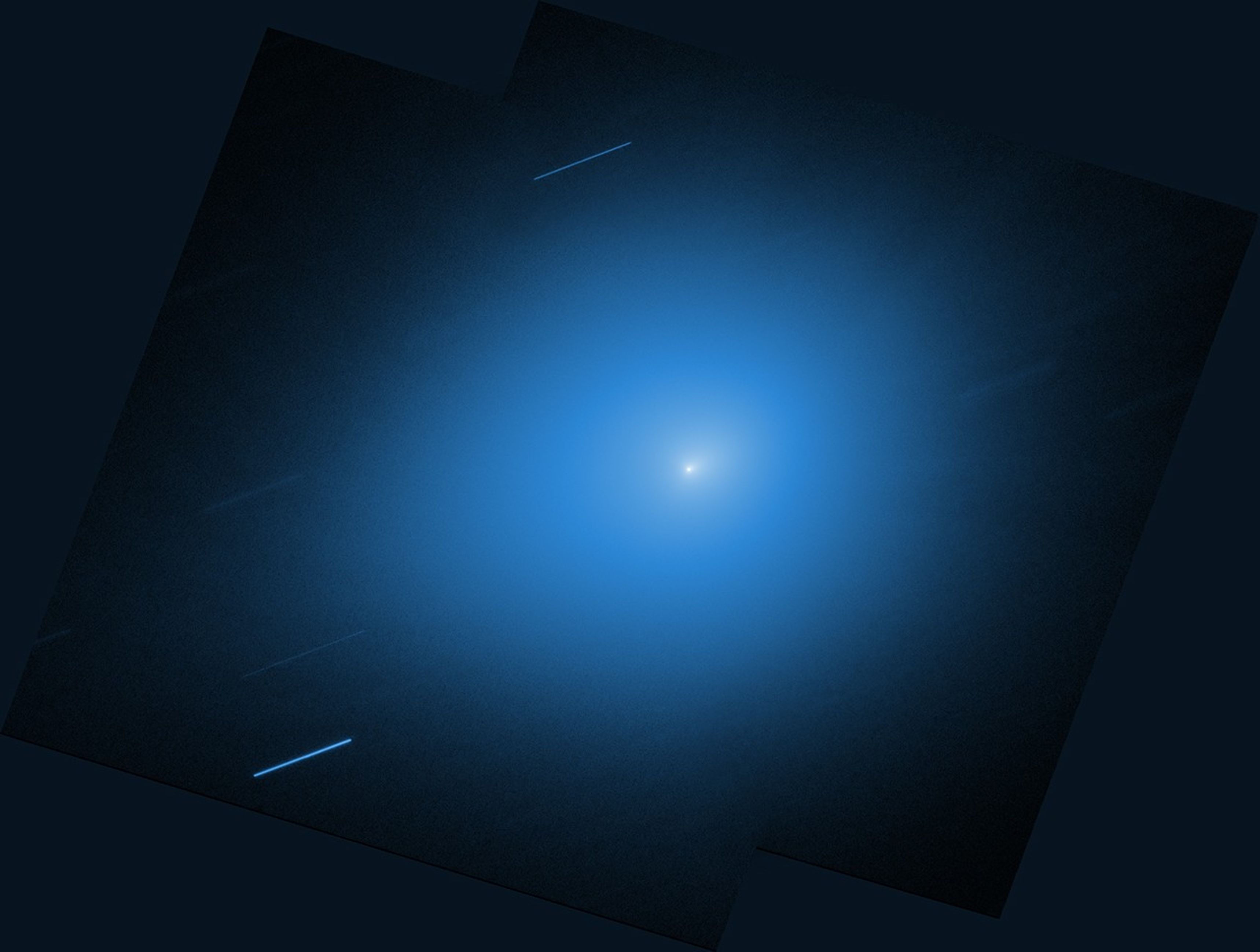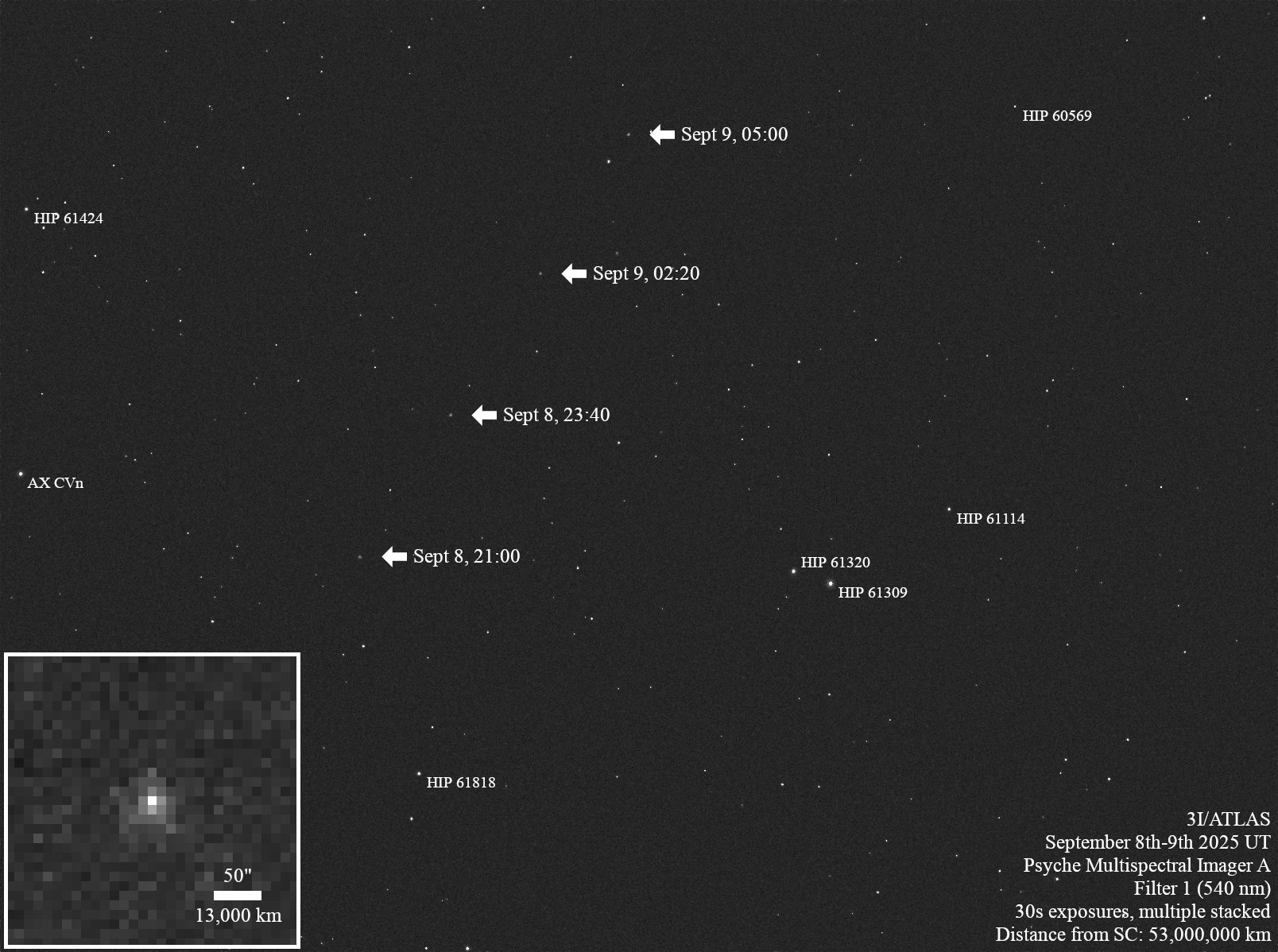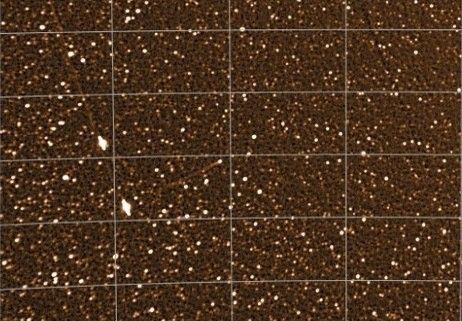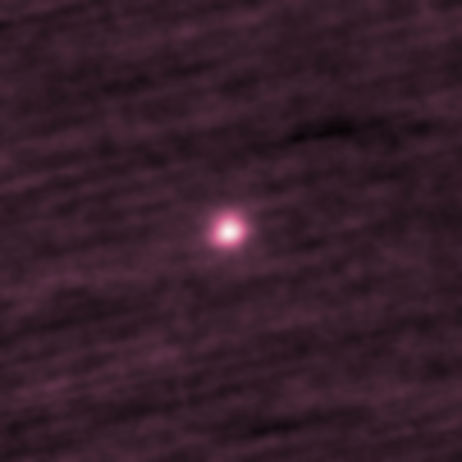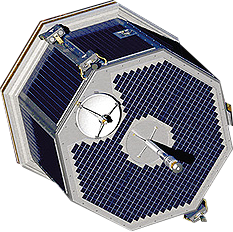
CONTOUR
COmet Nucleus TOUR
mission Type
Launch
TargetS
STATUS
About CONTOUR
NASA's CONTOUR was built to study and compare the interiors of two to three comets. Contact with the spacecraft was lost after an engine burn. An investigation found overheating during the burn caused the spacecraft to break apart.
Overview
CONTOUR was designed to fly by at least two comets with the goal of compiling topographical and compositional maps, sending back imagery, and collecting data on the structure and composition of their comas. Two comets were selected for the primary mission flybys: 2P/Encke (Nov. 12, 2003) and 73P/Schwassmann-Wachmann-3 (June 19, 2006). A third flyby of 6P/d’Arrest (Aug. 16, 2008) was considered for an extended mission.
The spacecraft was successfully launched to a high apogee orbit with a period of five-and-a-half days. Controllers implemented at least 23 orbital maneuvers during the next 43 days and 25 orbits to position CONTOUR properly for its planned burn to heliocentric orbit. On that day, Aug. 15, 2002, at 08:49 UT, its solid propellant apogee motor fired as the spacecraft was approaching perigee over the Indian Ocean and out of radio contact. CONTOUR was never heard from again.
An investigation determined the spacecraft had broken up during its burn. It probably suffered structural failure due to plume heating as its main engine was firing, caused either by problems in the design of the probe or the solid rocket motor itself.
Science
CONTOUR’s target comets had diverse physical characteristics. They were selected because they would be relatively close to Earth during each encounter.
Evolved yet active, Comet 2P/Encke has been observed at more apparitions than any other comet, even Halley. Encke takes about three years to orbit the Sun. Encke has traveled this orbit for thousands of years, so its continued activity is rather puzzling. Comet 73P/Schwassmann-Wachmann 3 was discovered in 1930. Its activity was predictable until the mid-1990s, when it split into several pieces. The breakup offered the possibility of seeing relatively fresh, unaltered surfaces and evidence of materials inside the comet nucleus.
Comets are among the oldest objects in our solar system. Most comets we know of ceom from either the Kuiper Belt beyond Neptune or the Oort Cloud, which is about 100 times further out than the Kuiper Belt at the very edge of our Sun's influence. Scientists believe comets may have brought to Earth some of the water in our oceans, gases in our atmosphere and even basic molecules that are the ingredients for life. Better understanding a variety of comets will lead to a better understanding of how our solar system formed and evolved.
The heart of a comet is its nucleus: a jagged chunk of ice and rock, often only a few miles across. When a comet gets within several hundred million miles from the Sun the nucleus heats up, its ices begin to evaporate, and the released bursts of gases and dust form a large, thin atmosphere called a coma. A comet coma can extend thousands of miles from the nucleus. Sunlight sweeps the gases and dust back to a tail that can stretch millions of miles from the comet.
Comas and trailed are big enough to study from Earth with telescopes. But the nucleus is so tiny that it can only be studied up close.
CONTOUR's planned targets - Encke and Schwassmann-Wachmann 3 - belong to Jupiter's family of comets. They are short-period comets, which means they take less than 200 years to orbit the Sun. The mission plan called for CONTOUR to fly close to the comets at the peak of activity.
Key Goals
- Image the nucleus at resolutions of 4 meters per pixel - the best resolution to date.
- Record the nucleus size, shape, rotation, and other key factors through global imaging.
- Map the composition of the nucleus and coma.
- Obtain detailed compositional measurements of dust and gas near the nucleus.
- Asses the level of outgassing.
Spacecraft
CONTOUR's design was simple and compact: the spacecraft had a body-mounted solar array; few hinged moveable parts; and a mission geometry enabling the use of fixed and passive antennas. Scientific instruments were to be pointed by moving the spacecraft. A layered, heavy-fabric shield was designed to protect CONTOUR from speeding dust and particles during comet encounters.
CONTOUR had two operating modes. The cruising spacecraft spun steadily on its main axis and could hibernate with most systems turned off for months at a time. For comet encounters, CONTOUR was to be stabilized, fully-powered, and its dust shield and instruments facing the target.
Science Payload
CONTOUR's instruments were designed to take detailed pictures, map types of rock and ice on the surface, and analyze the surrounding gas and dust. The payload included.
CONTOUR Forward Imager (CFI)
- Locate comet on approach
- Snap color pictures of gas, dust jets near nucleus
Mass: 9.7 kg (21 pounds)
Power: 10 watts (average)
Supplier: Johns Hopkins University Applied Physics Laboratory
CONTOUR Remote Imager/Spectrograph (CRISP)
- Take high-resolution photos of nucleus
- Map ice and rock types on surface
Mass: 26.7 kg (59 pounds)
Power: 45 watts (average)
Supplier: Johns Hopkins University Applied Physics Laboratory
Neutral Gas and Ion Mass Spectrometer (NGIMS)
- Count and analyze atoms, molecules and ions around nucleus
Mass: 13.5 kg (30 pounds) Power: 47 watts (average)
Supplier: NASA/Goddard Space Flight Center
Comet Impact Dust Analyzer (CIDA)
- Determines composition of dust surrounding nucleus
Mass: 10.5 kg (23 pounds)
Power: 13 watts (average)
Supplier: von Hoerner & Sulger, GmbH
The Team
Principal Investigator: Dr. Joseph Veverka, Cornell University
Project Management, Spacecraft Development and Mission Operations: The Johns Hopkins University Applied Physics Laboratory
Navigation and Deep Space Network (DSN) Support: NASA Jet Propulsion Laboratory
Science Team:18 co-investigators from universities, industry and government agencies in the U.S. and Europe
CONTOUR was the sixth mission in NASA’s innovative Discovery Program of low-cost, highly focused scientific exploration projects. Other Discovery missions to small bodies include Near Earth Asteroid Rendezvous (NEAR) — the first mission to orbit and land on an asteroid — the Stardust and Deep Impact comet studies, and the Dawn asteroid-orbiter mission.















